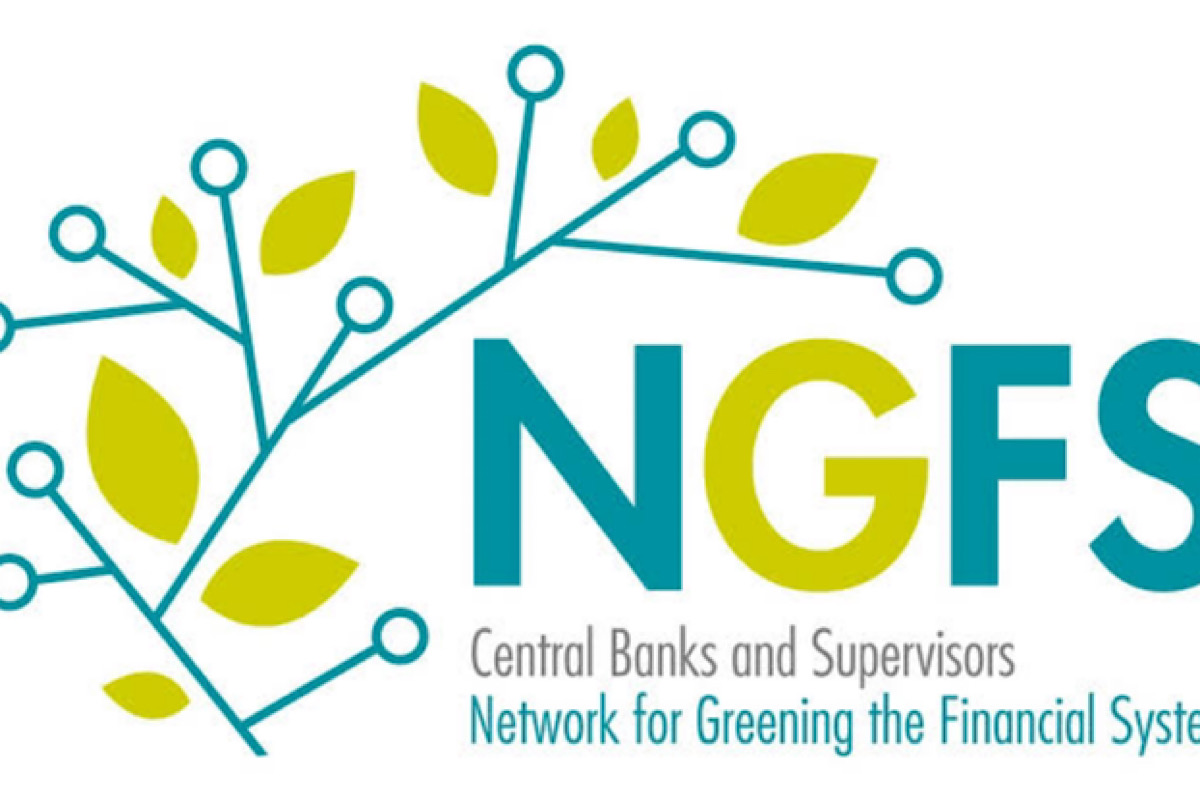The Network of Central Banks and Supervisors for Greening the Financial System (NGFS) has over 120 members today. Formed by Central banks from eight countries ~ Mexico, UK, France, Netherlands, Germany, Sweden, Singapore, and China ~ in 2017 to investigate and coordinate a response to climate change, there have been considerable differences among the world’s central banks in the strategies adopted to account for and address climate change. But not on the lines one would expect. As an important paper published recently by Monica DiLeo, Glenn Rudebusch, and Jens Klooster iterates, the most strikingly unusual divergence on climate change has emerged between the European Central Bank (ECB) and the US Federal Reserve (Fed) despite their historical tendency to adopt similar policy tools, frameworks, and objectives. In essence, the Fed has limited its approach to basic climate policy standards or norms that recognise some relevance of climate change to achieving its monetary and prudential objectives but has avoided any support for decarbonisation.
The ECB, on the other hand, seems to have better appreciated that climate change raises profound challenges for achieving its central banking objectives. As a result, it has adopted proactive climate policy norms that put in place climate-related criteria for asset purchase programmes and far-reaching supervisory interventions to ensure that financial institutions account for climate risk. While the authors of the paper have developed a nuanced and elaborate theoretical framework to understand the ECB-Fed divergence on climate policy which ought to be compulsory reading for policymakers, suffice it to say that their work establishes how central banking norms are created and become influential in the context of domestic and international pressures. For example, in the initial stage of climate policy norm emergence, broad support across the European Union for climate action along with persuasive think tanks, researchers, and other policy experts helped push the ECB to endorse new climate-related norms. The founding of the NGFS and the plethora of associated climate-related norms exerted significant pressure towards climate policy convergence across many central banks on the continent. In a deeply polarised and highly partisan USA, however, the debate on climate change ~ stoked at least in part by the influential domestic fossil fuel industry, according to the researchers ~ led the Fed to adopt only a modest version of the foundational climate norms. Given the terms of how the debate is framed in the USA and the EU varies considerably, it is likely that climate policy differences between the Fed and the ECB will continue. But with climate change having gained primacy as a geopolitical issue, the expectation is that the Fed will have to come around, especially given the international connectedness of central banking. That, at least, is the hope as global policy norms lead to sustained pressure towards convergence.











